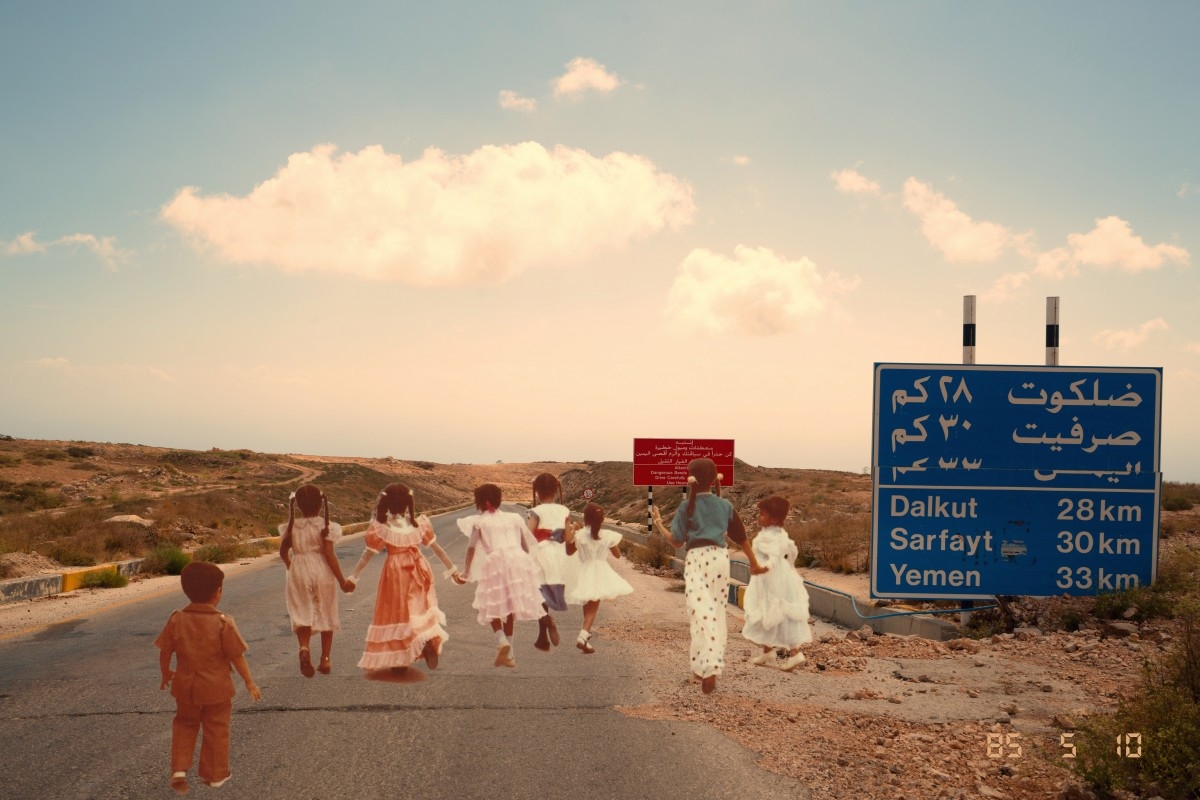
In pictures: Yemen's hidden art scene finds a new home
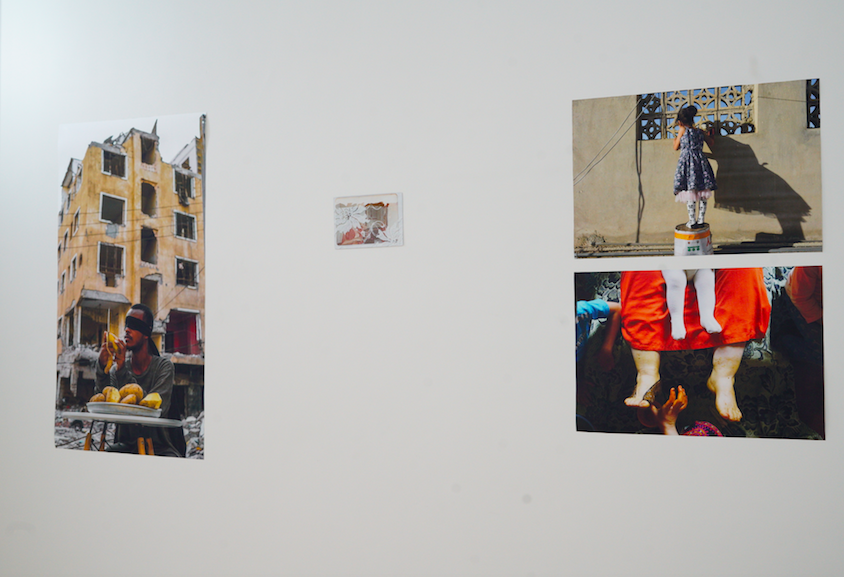
Yemen’s small but growing art scene has flown under the radar, with much of the general narrative on the country tending to revolve around two extremes: conflict or crisis. This is what drove Yemen-based artist Ibi Ibrahim and London-based curator and writer Lizzy Vartanian Collier, 26, to create Arsheef, the first contemporary art gallery in Sanaa dedicated to contemporary Yemeni artists, both in the country and those of the diaspora. Or, as Collier, who grew up in London and whose mother migrated from war-torn Beirut says, to showcase the country’s “invisible but very much alive art scene". (All images courtesy of Arsheef Gallery)
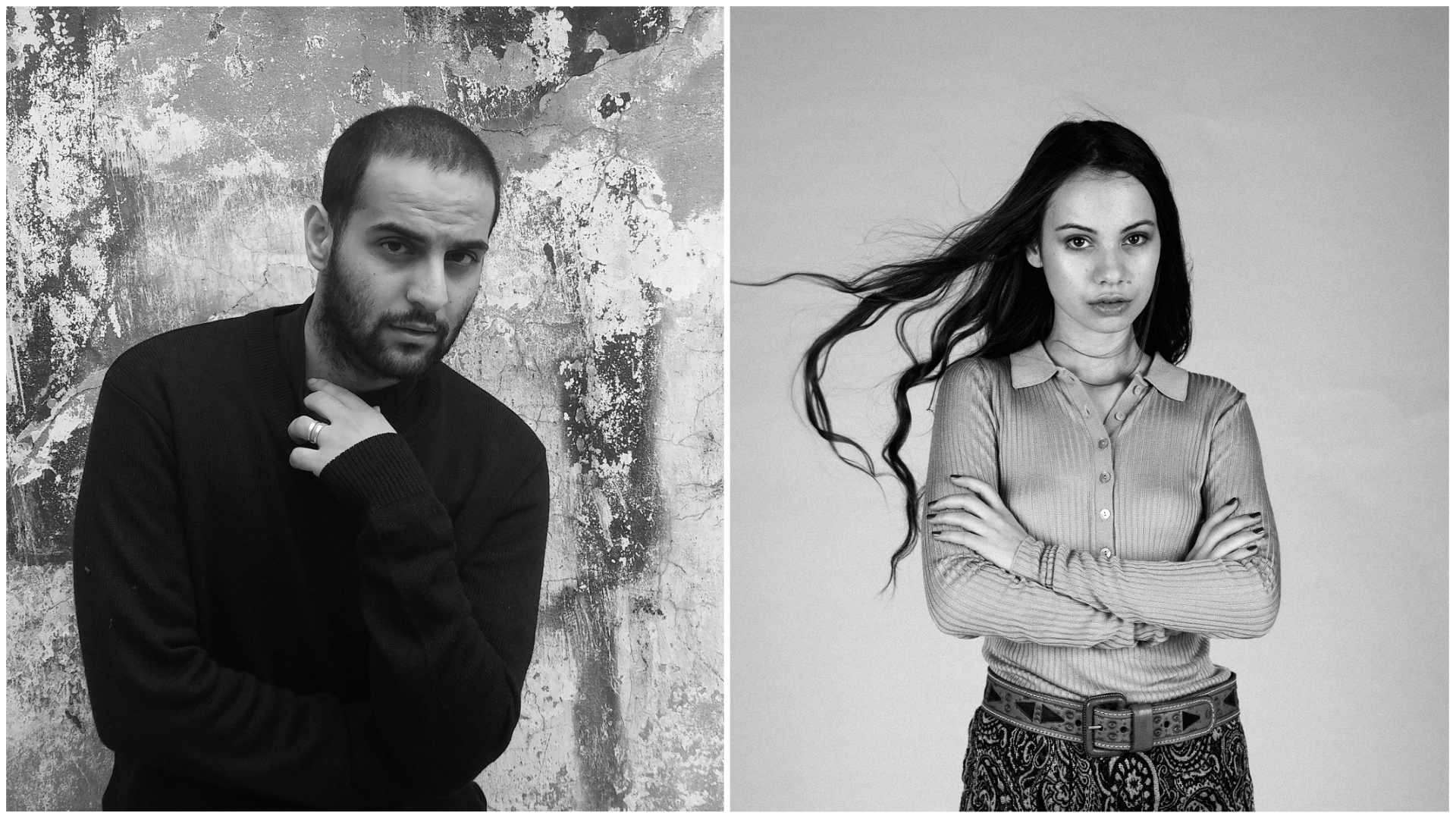
Arsheef has been several years in the making - on Ibrahim’s return to Yemen after three years in Berlin, he recognised that there was a deep-set need for more art creation and appreciation. “The people in Yemen are tired of the non-stop conflict and they want to go about their lives,” Ibrahim says. He approached London-based Collier - who had written about Ibrahim’s work - to partner with him, though she’d never visited Yemen before. “The idea to collaborate together seemed natural...after many long late-night discussions and planning over WhatsApp, Arsheef became a reality,” Collier says.

Yemeni-Kenyan documentary photographer Shaima al-Tamimi, 36, was one of five emerging Yemeni artists featured in Arsheef’s inaugural exhibition, “Turning the Light On”, in November 2019. Al-Tamimi’s artworks Hadrami Honey (above) and So close yet so far away (main image) is an ode to – and mirrors much of her work on – home, immigration, identity and the Yemeni diasporic community. Based between Doha and Abu Dhabi, al-Tamimi’s career has spanned almost 10 years, including co-directing short documentary films screened at film festivals and art galleries across Europe.

Ammar Baras, 24, was another artist featured in the gallery's first exhibition last year. His work, which centres on capturing daily life in Yemen amidst conflict, is shot entirely on his iPhone. The work of documentary photographer Bashayer Mohsen, 24, From Home to Home (above) was also featured in the exhibit.
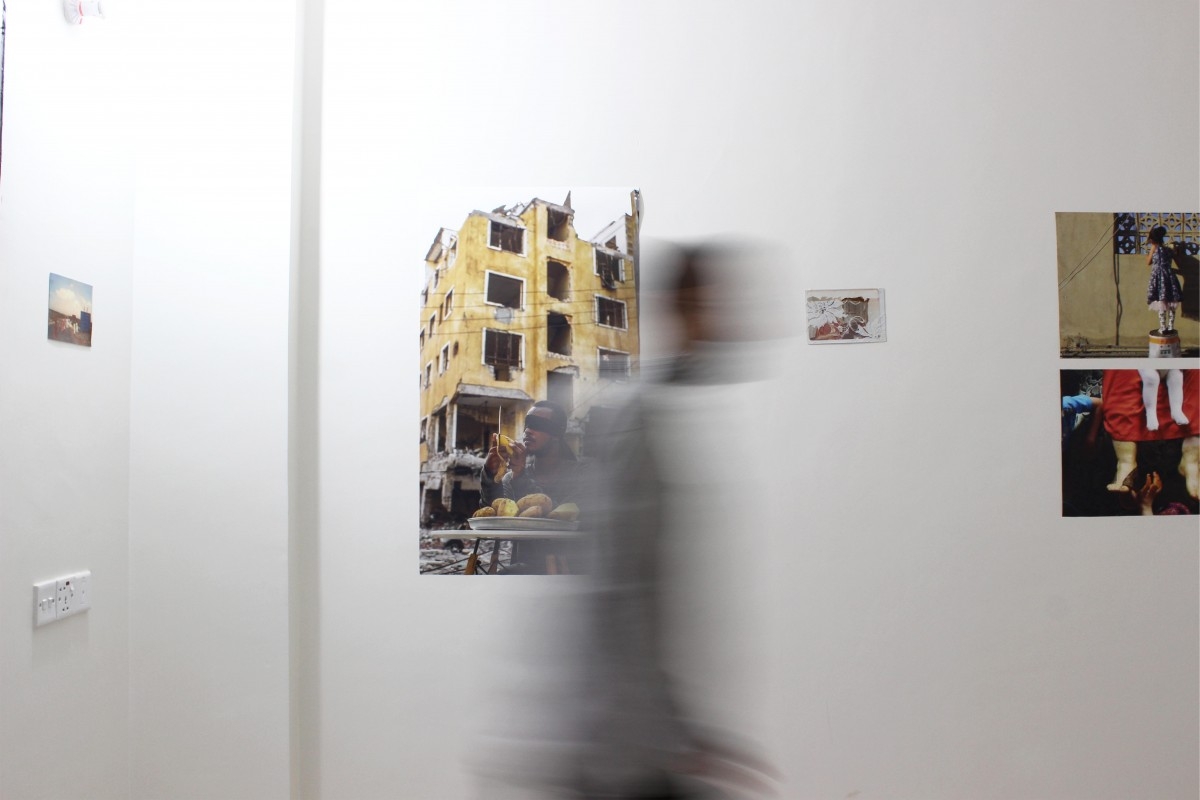
Aden-based artist and photographer Asim Abdul Aziz’s artwork, Untitled, a photo of him peeling a potato against a background of a building destroyed due to the 2015 civil war, was his first artwork to be exhibited, also at "Turning the Light on". “The piece represents how helpless and useless a citizen can feel in war and how helpless we can be to make change to a country flooded with pain,” he tells MEE.

Arsheef has presented Abdul Aziz not just with an opportunity to exhibit his work in his native Yemen but also internationally since the gallery operates predominantly via Instagram. “It’s very important for me as an artist to let people who live outside Yemen know how art is created in a war zone and how to utilise the minimum resources I have and turn it into art,” he says.

Twenty-eight-year-old multimedia artist Afraa Ahmed was born in Aden but now lives in Kuala Lumpur. Her solo show, “When The Moon Fell from the Sky, It Broke” (above) formed Arsheef’s second exhibition in January 2020. It uses the moon as a metaphor for people in the diaspora longing for their war-torn native countries.
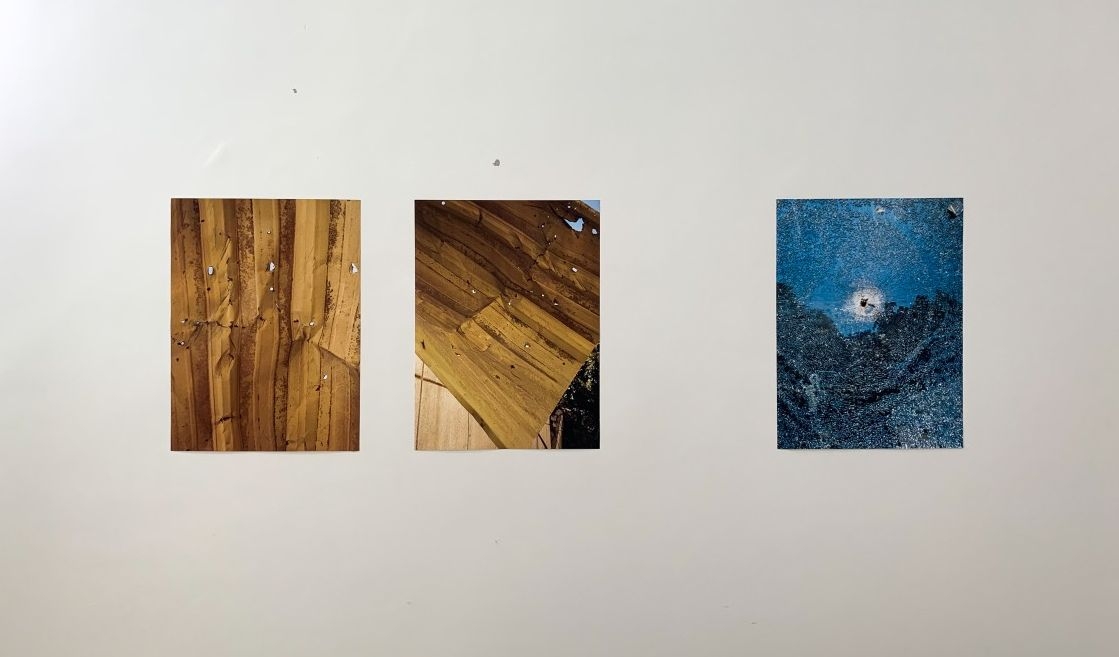
Would You Count My Pain Though I Shed No Tear? (above), a solo presentation of Sanaa-based visual artist and emerging photographer Abeer Aref, 25, examines how objects can suffer during war. Aref’s mother is an archaeologist and so Aref spent much of her childhood at museums, which she cites as integral to her becoming a photographer. Aref, whose artwork predominantly focuses on how Yemeni cities become victims of war, recalls feeling excited when Arsheef first approached her. “Arsheef supports creators and their artworks. It’s one of the very few art platforms for Yemeni artists to share their work,” she tells Middle East Eye.
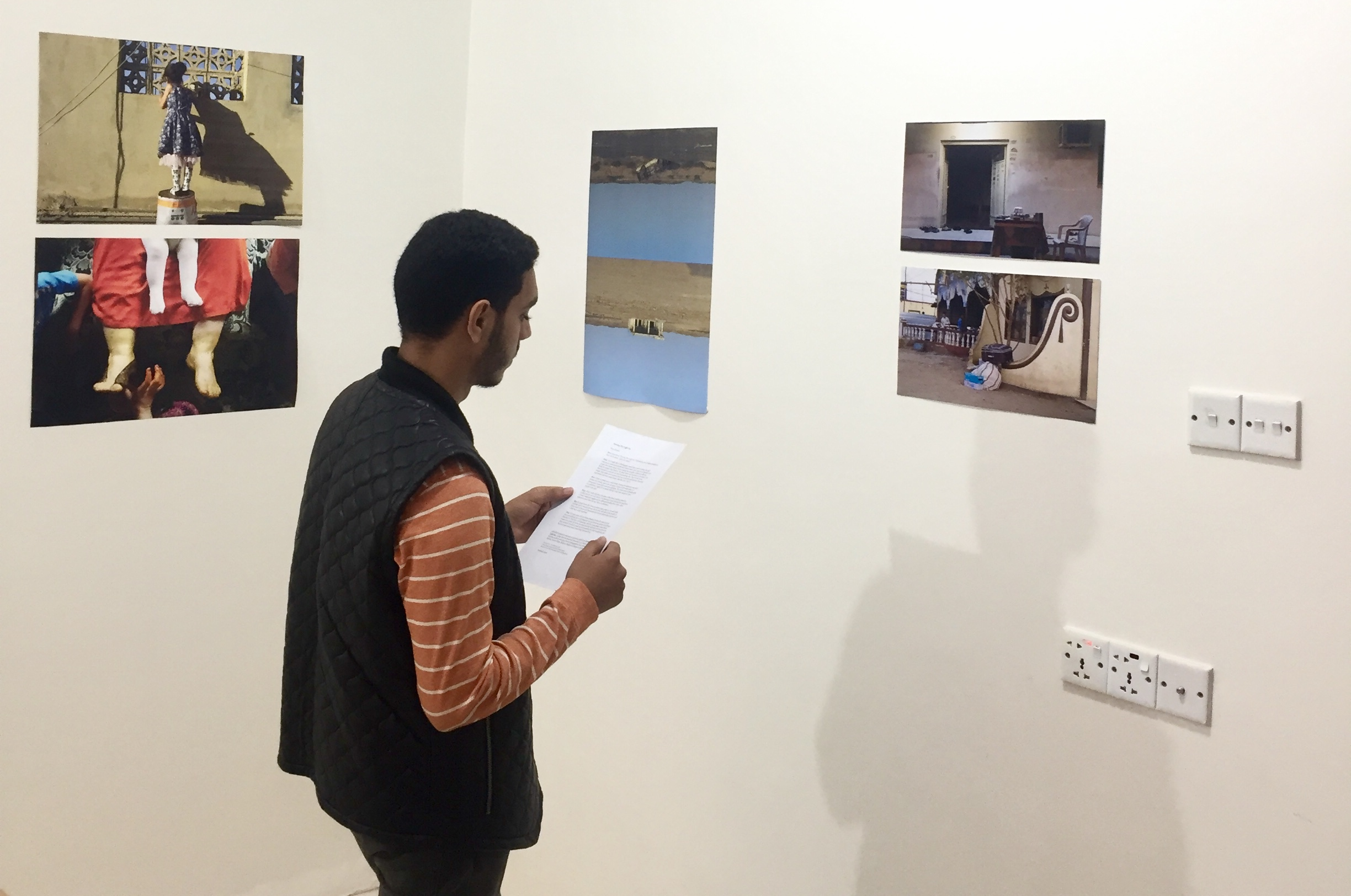
Ibrahim and Collier present and sell their artists’ work in order to create a market for young Yemeni artists and contemporary Yemeni art in the Middle East and beyond: “We work alongside the artists to develop their skills while seeking out exhibition opportunities for them and educating them on how to present themselves and their work to galleries, art fairs and publications.”
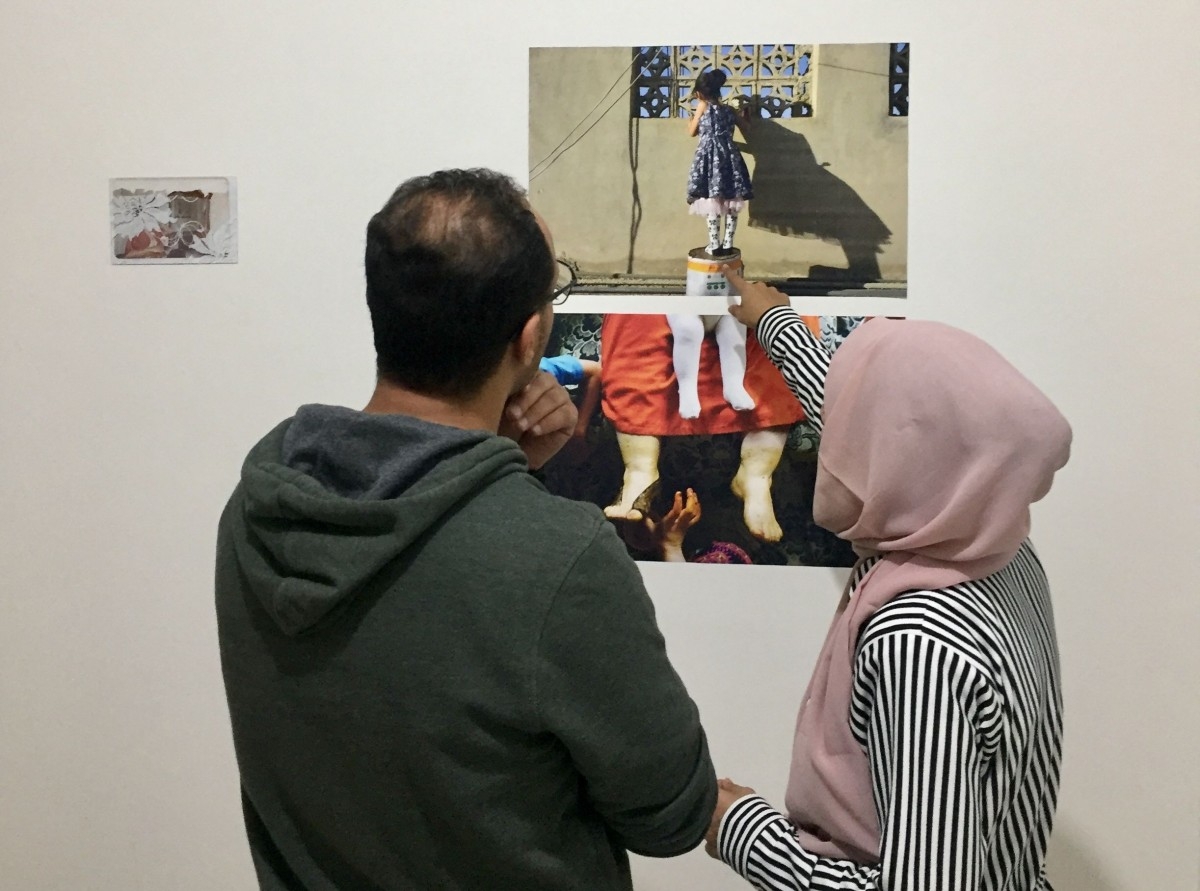
Despite ongoing uncertainty and safety precautions related to the Covid-19 pandemic, Collier and Ibrahim are set to present the artists’ work at an art fair later this year while several exhibitions are in the pipeline. Abeer Aref’s solo show ‘Would You Count My Pain Though I Shed No Tear?’ is on display until 28 May, by appointment only.
Middle East Eye delivers independent and unrivalled coverage and analysis of the Middle East, North Africa and beyond. To learn more about republishing this content and the associated fees, please fill out this form. More about MEE can be found here.




